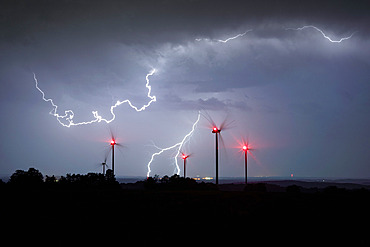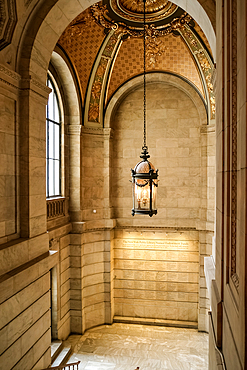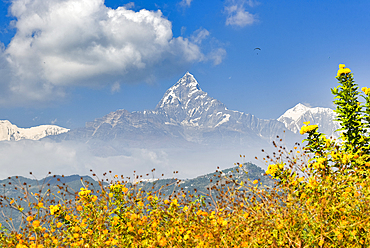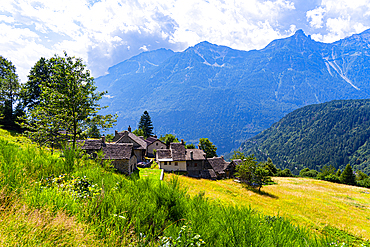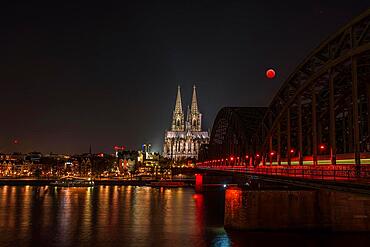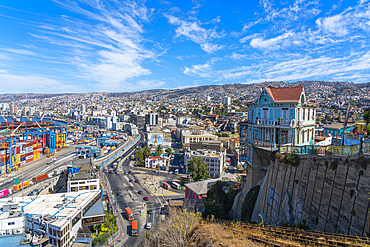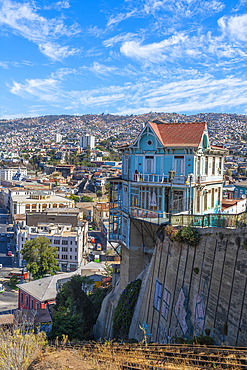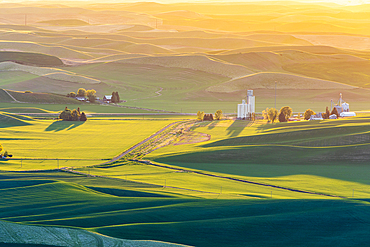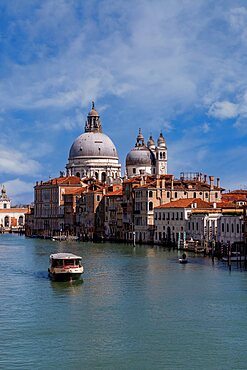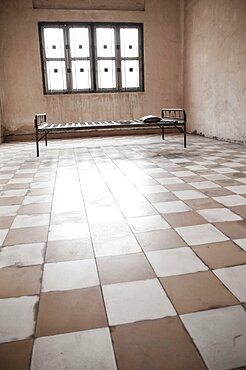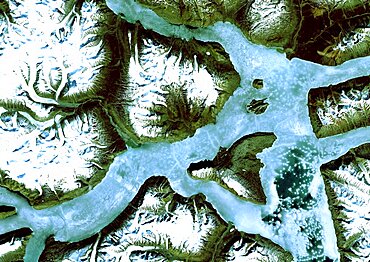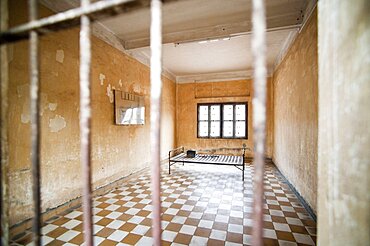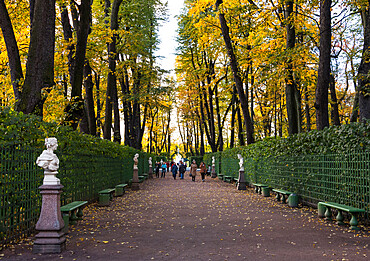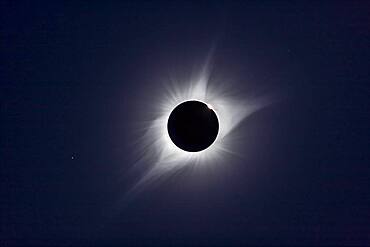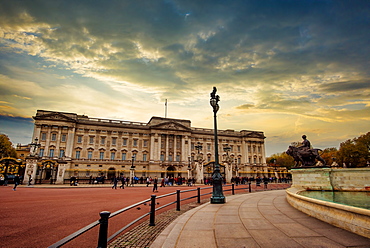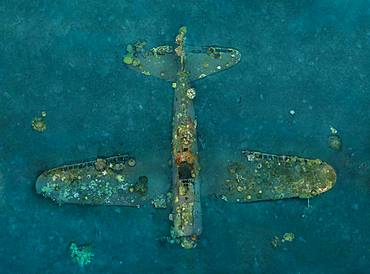Recent searches
Loading...
1381-21 - Rhododendron arboreum flowers also called Buransh native to Himalayas used in traditional medicines.National flower of Nepal and state flower of Nagaland Uttrakhand and Himachal Pradesh in India
1384-21 - San Servacio Church built 1705, Vallodolid, Yucatan, Mexico
1383-21 - Dancers and celebrations at the start of the Ukusefya Pa Ng'wena Ceremony
1382-21 - Gediminas' Tower on the hill seen from the tower of St John's Church, Vilnius, Lithuania, Europe
1376-21 - Star trails above the derelict trawler Vita Nova, from the Cumbrian Coast, Furness Peninsula, Cumbria, England, United Kingdom, Europe
860-291912 - Thunderstorm on the Gold Coast on the night of 21 to 22 August 2021, France
1373-21 - Architectural detail of the New York Public Library (NYPL), second largest in the USA and fourth largest in the world, New York City, United States of America, North America
1370-21 - View of the Annapurna peaks from World Peace Stupa, Pokhara, Nepal, Himalayas, Asia
1372-21 - Idyllic alpine village on a green slope with an mountainous background, Varzo, the Valley of Ossola, Piedmont, Italy, Europe
832-401526 - Cologne lunar eclipse on 21.01.2019, Cologne Cathedral
759-10806 - Road TF 21 to Teide Volcano, Tenerife, Canary Islands, Spain
759-10807 - Road TF 21 to Teide Volcano, Tenerife, Canary Islands, Spain
759-10805 - Road TF 21 to Teide Volcano, Tenerife, Canary Islands, Spain
1369-21 - Oxararfoss waterfall at sunset during spring, Sudurland, Iceland, Polar Regions
1359-762 - Famous blue Casa Cuatro Vientos restaurant at Paseo 21 de Mayo and city center, UNESCO, Valparaiso, Valparaiso Region, Chile, South America
1359-757 - Famous blue Casa Cuatro Vientos restaurant at Paseo 21 de Mayo and city center, UNESCO, Valparaiso, Valparaiso Region, Chile, South America
1366-634 - Steptoe Butte State Park, Washington, USA. May 21, 2021. Sunset view of wheat fields in the rolling Palouse hills. Editorial Use Only
1366-633 - Steptoe Butte State Park, Washington, USA. May 21, 2021. Sunset view of grain silos and wheat fields in the rolling Palouse hills. Editorial Use Only
1366-21 - Giza, Cairo, Egypt. February 18, 2022. Men on camels at the Great Pyramid complex in Giza.
1366-162 - Manshiyat Naser, Garbage City, Cairo, Egypt. February 21, 2022. Sacks of plastic scrap for recycling in Manshiyat Naser, Garbage City.
1366-161 - Manshiyat Naser, Garbage City, Cairo, Egypt. February 21, 2022. Truck loaded with garbage in Manshiyat Naser, Garbage City.
1365-21 - Atacama Desert Plateau, Chile, South America
1367-21 - Midnight sun in Lofoten Islands, over Arctic Circle, Norway, Europe
1361-21 - Sass de Putia and the reflection of a mountain hut in a small pond, Passo delle Erbe, Dolomites, South Tyrol, Italy, Europe
1359-21 - Magellanic penguins on shore, Isla Magdalena, Patagonia, Chile, South America
1231-21 - The Cathedral-Basilica of Our Lady of the Pillar and municipal government building, Zaragoza, Aragon, Spain, Europe
1360-21 - View of the Grand Canal with the Basilica of Santa Maria della Salute in the background, Venice, Veneto, Italy
1358-21 - Westerkerk Church on the Prinsengracht Canal, Amsterdam, North Holland, The Netherlands, Europe
1350-5336 - Young eurasian woman poses with a russian hat
1353-21 - A Berber man in traditional dress sits amongst the Sand Dunes of Erg Chebbi, Sahara Desert, Morocco, North Africa, Africa
1348-5436 - Color satellite image of Haikou, Hainan, China. Image collected on June 21, 2020 by Sentinel-2 satellites.
1348-5438 - Color satellite image of Haikou Bay and Nanhai Pearl Artificial Island, Hainan, China. Image collected on June 21, 2020 by Sentinel-2 satellites.
1348-5437 - Color satellite image of Haikou, Hainan, China. Image collected on June 21, 2020 by Sentinel-2 satellites.
1348-4590 - Bazaruto Archipelago, Mozambique, True Colour Satellite Image. True colour satellite image of sand islands of Bazaruto Archipelago off the Mozambique coast. Image taken on 21 April 1989 using LANDSAT data.
1348-3056 - Satellite image of Hurricane Maria in 2017 over Puerto Rico. Image taken on September 21, 2017.
1348-3076 - Color satellite image of Abu Dhabi International Airport, United Arab Emirates. The amusement park Ferrari World Abu Dhabi is on Yas Island, at center left on the image. Image collected on September 21, 2017 by Sentinel-2 satellites.
1348-2830 - Torture Room at The Tuol Sleng Genocide Museum, S-21 Prison, Phnom Penh, Cambodia, Southeast Asia
1348-4570 - Weddell Sea, Antarctica, True Colour Satellite Image. Weddel Sea, Antarctica, true colour satellite image. Pack ice melting in spring time in the Weddel Sea, East of the Antarctica peninsula. Image taken on 21 February 2000 using LANDSAT data.
1348-4576 - King Oscar Fjord, Greenland, True Colour Satellite Image. King Oscar Fjord located in Greenland National Park. The pastel blue indicates that the water has turned into ice. Image taken on 21 June 1991 using LANDSAT data.
1348-3039 - Color satellite image of Pine Island Glacier, Antarctica on September 21, 2017.
1348-3077 - Color satellite image of Abu Dhabi, capital city of United Arab Emirates. The city is on an island connected by bridges to the mainland and other islands. Image collected on September 21, 2017 by Sentinel-2 satellites.
1348-2831 - Torture Room at The Tuol Sleng Genocide Museum, S-21 Prison, Phnom Penh, Cambodia, Southeast Asia
1352-21 - Summer Garden (Letniy sad) in autumn, St. Petersburg, Russia, Europe
1351-21 - Piazza del Popolo, the city's main square, Todi, Umbria, Italy, Europe
1339-21 - Historic church, Old Havana, Cuba, West Indies, Central America
1349-749 - Earthquake ground displacement, Italy, August 2016
1350-121 - A composite of the August 21, 2017 total solar eclipse showing third contact ' the end of totality ��쬆with sunlight beginning to reappear and the array of pink prominences along the limb of the Sun. Seconds later the emerging Sun and diamond ring overwhelmed the large prominence.
1350-61 - The Celestron GPS8 scope looking at M22 in the Milky Way in the light of the rising waxing gibbous Moon, from the backyard July 21, 2019. Jupiter is bright at right, Saturn at left.
1350-162 - The 7-day old First Quarter Moon on May 21, 2018.
1350-21 - M33, the Triangulum Spiral, a dwarf spiral in the Local Group. This is a 6-image stack of 12-minute exposures with the Canon 7D at ISO 800 on the 130mm Astro-Physics apo refractor at f/6 on AP 600E mount and SBIG SG4 autoguider. Poor seeing bloated star images somewhat.
1350-124 - A composite of the August 21, 2017 total solar eclipse assembled using the HDR program Photomatix Pro v6.
1350-86 - The eroding formations of Dinosaur Provincial Park, Alberta, lit by the rising gibbous Moon, off camera at right, on April 21/22, 2019. This is looking north, with the stars of the northern sky pivoting around Polaris.
1350-37 - Total eclipse of the Moon, December 20/21, 2010, taken from home with 130mm AP apo refractor at f/6 and Canon 7D at ISO 400. An HDR composite of 9 images from 1/125 second to 2 seconds, composited in Photoshop CS5. Vibrancy increased to show bring out the colour variations across the shadow and at the edge of the shadow. Taken at about 12:21 am MST on Dec 21, about 20 minutes before totality began, during the partial phase.
1350-123 - NGC 7000, the North America Nebula, with the Pelican Nebula, IC 5067, at right, in Cygnus, taken from home November 21, 2016 as part of testing of the Explore Scientific FCD100 102mm apo refractor. This is a stack of 5 x 6-minute exposures at f/7 with the ES field flattener, and at ISO 1600 with the filter-modified Canon 5D MkII. Star diffraction spikes added with AstronomyTools actions.
1350-122 - A composite of the August 21, 2017 total eclipse of the Sun, showing the second and third contact diamond rings and Baily's Beads at the start (left) and end (right) of totality, flanking a composite image of totality itself. The diamond ring and Baily's Beads images are single images.
1350-173 - Here's a variation on creating a time-sequence composite of the August 21, 2017 total solar eclipse.
1350-38 - Total eclipse of the Moon, December 20/21, 2010, taken from home with 130mm AP apo refractor at f/6 and Canon 7D at ISO 400 for 4 seconds, single exposure, shortly after totality began.
1346-21 - Natural landscape with red mushrooms with waterfall and water reflection at sunset in Mondim de Basto, Norte, Portugal, Europe
805-21 - Woman selling holy puja items at sunrise by the sacred Shipra river, Ujjain, Madhya Pradesh, India, Asia
1343-21 - Bei Bei the Giant Panda climbs a tree in his enclosure at the Smithsonian National Zoo in Washington DC, United States of America, North America
1337-21 - An Acacia Koa tree reaches out over the Waimea Canyon as a faint sunset rainbow stretches over Waipo'o Falls, Kauai, Hawaii, United States of America, Pacific
1341-21 - Qutub Minar, minaret and victory tower, UNESCO World Heritage Site, New Delhi, India, Asia
1338-21 - Protea neriifolia (Bearded Protea), Western Cape, South Africa, Africa
1336-21 - Ponte di Veja, a big natural arch in Lessinia, Lessinia, Veneto, Italy, Europe
1335-21 - Canyon view from Dead Horse Point State Park, Utah, United States of America, North America
1321-21 - The farmers who grow and harvest sedge in Vung Liem, Vinh Long, Vietnam, Indochina, Southeast Asia, Asia
1331-21 - View of the City of Perth from Kings Park, Perth, Western Australia, Australia, Pacific
1319-21 - Buckingham Palace, London, England, United Kingdom, Europe
1327-21 - The Vasco da Gama Bridge, a cable-stayed bridge spanning the Tagus River in Parque das Nacoes (Park of the Nations), Lisbon, Portugal, Europe
1320-21 - Godafass Waterfall long exposure, near Akureyri, Iceland, Polar Regions
1318-21 - Glacier ice flow shaped by wind, Nunavut and Northwest Territories, Canada, North America
1317-21 - Stone carvings in one of the subterranean corridors in Shitthaung temple with some original colour visible, Mrauk U, Rakhine, Myanmar (Burma), Asia
1204-21 - Otter (Lutrinae), West Coast of Scotland, United Kingdom, Europe
1255-21 - Morning light illuminates the top of Craig Cau during a cloud inversion, photographed from the top of Cadair Idris, Snowdonia, Wales, United Kingdom, Europe
860-287442 - Tara Pacific expedition - november 2017 Kimbe Bay, papua New Guinea, Zero wreck: Coral growth on this wreck is from a period of 74 years ! D: 15 m The ZERO, is a Japanese WW2 fighter plane wreck. This Zero wreck was discovered in January 2000 by local William Nuli while he was freediving for sea cucumbers. He asked the Walindi Plantation Resort dive team if they might know what it was, and when they investigated they uncovered the intact wreck of a Zero fighter, resting on a sedimented bottom in 15 m depth. This World War II Japanese fighter is almost completely intact. The plane is believed to have been ditched, the pilot is believed to have survived, but was never found on the island. He never returned home. Maybe he disappeared in the jungle? On 26th December 1943, during the battle of Cape Gloucester, the Japanese pilot made an emergency landing, ditching his Mitsubishi A6M Zero plane into the sea approximately 100m off West New Britain Province. The plane was piloted by PO1 Tomiharu Honda of the 204st K?k?tai. His fate is unknown but it is believed the he made a controlled water landing after running out of fuel and survived. Although he failed to return to his unit, the plane was found with the throttle and trim controls both set for landing and the canopy was open. There are no visible bullet holes or other shrapnel damage and the plane is still virtually intact after over 70 years underwater. It is a A6M2 Model 21 Zero, made famous for its use in Kamikaze attacks by the Japanese Imperial Navy. The wreck has the Manufacture Number 8224 and was built by Nakajima in late August 1942.
860-287440 - Tara Pacific expedition - november 2017 Zero wreck, vertical view Orthomosaic from 3D photogrammetry (13500 x 10000 px). D: 15 m Kimbe Bay, papua New Guinea, Coral growth on this wreck is from a period of 74 years ! The ZERO, is a Japanese WW2 fighter plane wreck. This Zero wreck was discovered in January 2000 by local William Nuli while he was freediving for sea cucumbers. He asked the Walindi Plantation Resort dive team if they might know what it was, and when they investigated they uncovered the intact wreck of a Zero fighter, resting on a sedimented bottom in 15 m depth. This World War II Japanese fighter is almost completely intact. The plane is believed to have been ditched, the pilot is believed to have survived, but was never found on the island. He never returned home. Maybe he disappeared in the jungle? On 26th December 1943, during the battle of Cape Gloucester, the Japanese pilot made an emergency landing, ditching his Mitsubishi A6M Zero plane into the sea approximately 100m off West New Britain Province. The plane was piloted by PO1 Tomiharu Honda of the 204st K?k?tai. His fate is unknown but it is believed the he made a controlled water landing after running out of fuel and survived. Although he failed to return to his unit, the plane was found with the throttle and trim controls both set for landing and the canopy was open. There are no visible bullet holes or other shrapnel damage and the plane is still virtually intact after over 70 years underwater. It is a A6M2 Model 21 Zero, made famous for its use in Kamikaze attacks by the Japanese Imperial Navy. The wreck has the Manufacture Number 8224 and was built by Nakajima in late August 1942.
1116-42042B - Young Girl With Down Syndrome On A Swing, Three Hills, Alberta, Canada
1315-21 - Giraffe behind a tree on the Maasai Mara, Kenya, East Africa, Africa
1116-42963 - Lonesome Highway, Nevada, United States Of America
1174-6439 - Flowers hanging near number 21 outdoors, Dublin, Leinster, Ireland
1314-21 - Modern skyscrapers of Shiodome in Shimbashi district reflected in Hamarikyu (Hama Rikyu) Gardens lake, Chuo district, Sumida River, Tokyo, Japan, Asia
1116-42464 - Portrait Of A Family Sitting On Large Rocks, Victoria, British Columbia, Canada
1116-42466 - A Brother And Sister Sit In The Sand At The Water's Edge, Victoria, British Columbia, Canada
1311-21 - Composed from eight photos, a panorama view of the Grand Canyon South Rim from the historic Watch Tower, UNESCO World Heritage Site, Arizona, United States of America, North America
1310-21 - View over rooftops from ruins of the Venetian castle, Paleohora (Paleochora), Hania (Chania), Crete, Greek Islands, Greece, Europe
1281-21 - Exterior view of Wat Rong Suea Ten (Blue Temple) in Chiang Rai, Thailand, Southeast Asia, Asia
1304-21 - Diamond Mine in extreme north-west, located on the southern bank of the Orange River mouth, Alexander Bay, Northern Cape, South Africa, Africa
1311-16 - Cathedral Rock viewed from a slick sandstone plateau, composed of 21 photos stitched into a super panorama, Sedona, Arizona, United States of America, North America







